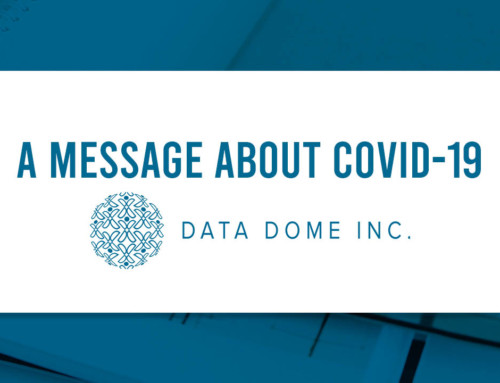COVID-19 has forever changed how some businesses will need to operate in the future. Employees are working from home, furloughed, and many have been laid off. Organizations are struggling to pay their bills while wondering if revenues will ever return to normal. I’m guessing the last initiative on your mind right now is how you are going to rebuild your workforce when things turn around, but maybe it should be one of the first.

Just two months ago we had the lowest unemployment rates we had seen since the 1960s. Companies were struggling to find qualified applicants for open positions and feeling pressure to hire under qualified candidates that were not the best fit for the position. The fear was if the less-than-ideal candidate wasn’t hired, they would be lost to another organization’s offer. Candidates clearly had the hiring advantage.
Nearly overnight all of that has changed. Unemployment is now at rates not seen since the Great Depression with companies shedding 20.5 million jobs in April. The market will be flooded with highly qualified candidates and companies will have fewer positions to be filled. The tables have turned and now organizations will have the hiring advantage.
A new reality requires new strategies, processes, and very different thinking than we did when the talent pool was small. What lens will you look through to ensure you are selecting the best of the best? How will you come to agreement on the competencies, behaviors, and motivation that will be needed in this new environment? How will you assess applicants to determine gaps and interview to determine fit? What assessments will you use to make objective hiring decisions? Once hired, how will you onboard, train, and coach your new employee to ensure their success? Research shows interviewing is less than 14% effective. Candidates exaggerate on their résumés and tell you what you want to hear. Interviewers have unconscious biases. This model moves you from “guesswork to clockwork” by utilizing a comprehensive and objective method to make fact-based hiring decisions.
Years ago, I was having lunch with the head of HR for a large organization and we were discussing what a comprehensive and objective interviewing and selection process would look like. I drew the 9 Box Hiring Model (below) literally on the back of a napkin! It became the framework they used to dramatically improve their hiring results in many entry-level positions. We have continued to evolve the 9 Box model over the years.
| CAN they do the job? | HOW will they interact? | WILL they be motivated? |
|---|---|---|
| Skills | Behavioral Style | Drivers |
| Education | Soft-skill Competencies | Willingness |
| Experience | Emotional Intelligence | Cultural Fit |
- CAN they do the job
Do they have the background and training needed to be successful? These are mostly résumé items and can usually be taught or trained if the organization has the time and resources. Assess the candidate’s skills, education, and experience – determine the gaps and what additional skill training would be needed if hired.
- HOW will they interact
Will their style fit the behavioral demands of the position? You can have two candidates with the same résumé but very different styles. Assess behavioral style, soft-skill competencies needed, and emotional intelligence – determine the gaps and interview for their willingness and ability to adapt. Utilize the gap information to have a focused plan for coaching if hired.
- WILL they be motivated
Will they go above and beyond and will they stay once you have invested in them? You can’t change what motivates people; they either have it or they don’t. Assess what drives them, their willingness to achieve, and the level at which there is a cultural fit. If the motivation is present, it will lead to long-term engagement, productivity, and retention.
The 9 Box Hiring Model Process
- Choose the Subject Matter Experts that should be involved in the design and interviewing process
- Design the components of your 9 Box Hiring Model using the Can-How-Will approach e.g., maybe yours is 6 vs. 9!
- Customize by detailing what is “ideal” for each of the nine components, e.g., behaviors for sales – outgoing, positive, assertive and quick on their feet
- Design the interview questions and guide to assess the components, e.g., pre-screen, first and second interview
- Choose assessments to obtain objective information and benchmark what the job requires, e.g., Competencies, Behaviors, Motivators and/or Emotional Intelligence
- Interview where there are gaps between the benchmark and candidate scores
- Use the nine boxes for a hiring decision matrix and score the candidates on a 1-5 scale in each of the components, e.g., give percentages to each of the components to equal 100 then score and calculate
- Have a collective discussion and make a decision based on all the information gathered
- Create a coaching plan based on the skills they will need to build and the behaviors they will need to adapt to be successful based on the job template
It’s difficult to look ahead when we are in many cases struggling to just survive in the wake of a global pandemic. We feel it is critical to take this time to prepare for the eventual hiring reboot. Organizations will most likely need to do more with fewer people, making it critical to get the “right people on the bus” in order to meet those demands. It will become equally important to have these leaner teams and departments working collaboratively and productively. If you have utilized assessments in the hiring process, you can leverage that investment by using the existing data to onboard, train, and develop your staff. Looking through a more comprehensive and objective lens will help you take advantage of the unfolding hiring landscape.






